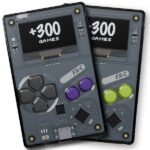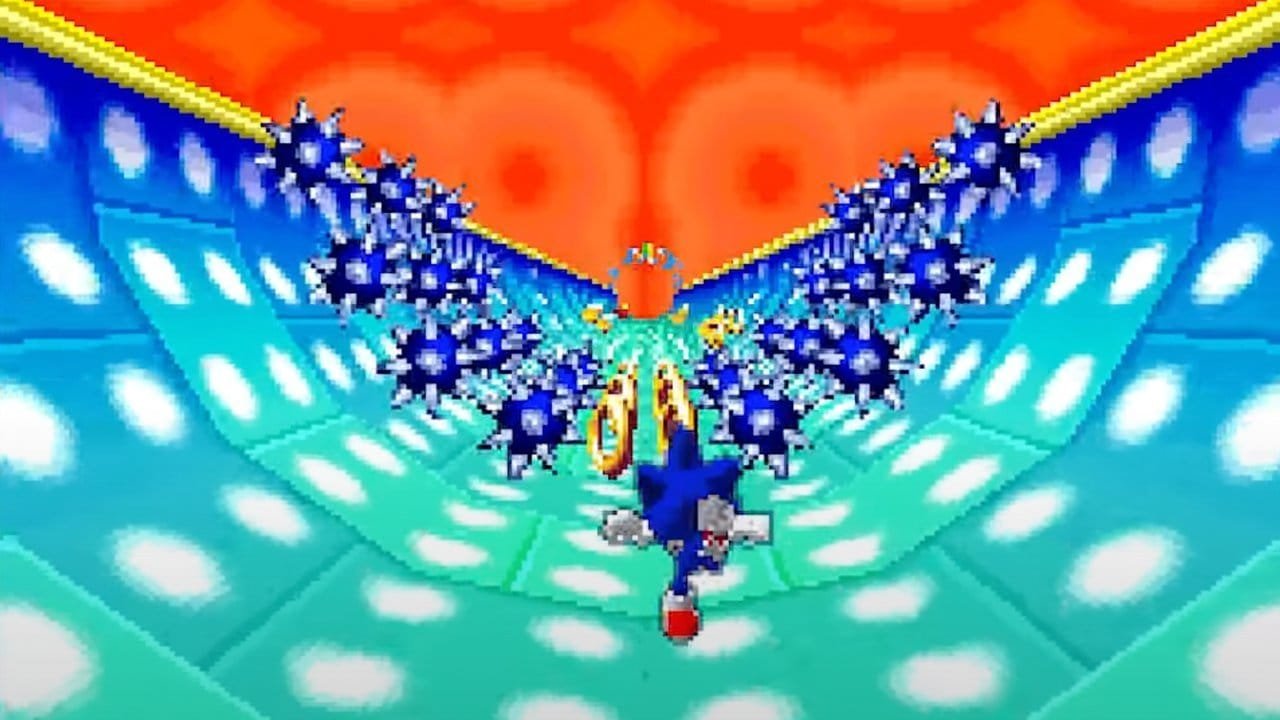Bhav Soor takes a look at Sonic Rush, the first Sonic game to land on Nintendo’s popular handheld.
The Nintendo DS saw a plethora of video game series making their way to the console, taking advantage of its handheld and dual screen capabilities.
Approximately a year into its lifespan, the DS received its first exclusive mainline Sonic game in 2005 (the same year as Shadow the Hedgehog). Sonic Rush, developed by Dimps and Sonic Team, was generally well-received by top critics and fans alike. It introduced new elements that would be incorporated into later Sonic titles going forward.
You start the game playing as Sonic through the Leaf Storm zone. In classic Sonic fashion, you encounter Dr. Eggman early on and he’s up to no good again. After battling it out, a strange gem is left on the ground, known as a Sol Emerald. In a pillar of fire emerges the newest addition to the Sonic character roster, Blaze the Cat. Acting as a stubborn and cautious counterpart to Sonic from another dimension, it is later revealed that she is trying to stop Eggman and his counterpart Eggman Nega from teaming up to acquire all the Sol Emeralds and unleash chaos on the world.
Sonic and Blaze
The game follows the two act per zone structure plus a boss battle at the end of each zone. The mixture of 2D platforming with 3D sprites is one of the winning factors of this handheld game. It also made use of both DS screens when ascending and descending on stage platforms. Sonic and Blaze are equally fun to play as, with Blaze’s jump attack being a tornado of fire and sharing the same super speed as Sonic.
Sonic Rush was also responsible for introducing the boost mechanic which has become a series staple for many Sonic games thereafter. You can perform tricks whilst on rails or in mid-air to increase the gauge and boost through stages, attacking enemies on the way. It certainly provides more of an action-packed experience, however it does have its downfalls. For example, you can’t tell what’s up ahead meaning you could accidentally boost into a pit or take damage from an enemy if the timing isn’t right, which can lead to unfair deaths at times.
Sonic Rush gallery









Beware later stages
Stages include multiple routes and platforms which can be quite forgiving to players. You could fall off one platform and land down on another route, which eases the stress of trying to stay put on one pathway. Each zone has something unique whether that’s rockets and paragliders, tunnels or moving platforms powered by light. There are some elements that can be tedious such as enemy rooms that will appear amidst your speedy playthrough that diminish your momentum, or a slow moving platform on wheels with falling boulders. Luckily, they’re only minor aspects that don’t return terribly often.
Like previous Sonic games the special stages are what earn you each Chaos Emerald. You enter special stages by finding the boost lever and boosting your way into a portal. Unfortunately, only Sonic can play special stages, but it does make sense since Blaze is only after the Sol Emeralds which are earned after boss fights. You collect all the rings to win and stages get progressively harder. The stylus is used to control Sonic and perform quick-timed tricks. By Special Stage 7, you need solid alertness because later stages are really built for the pros.
Boss battles in Sonic Rush
Boss fights follow the simple structure of hitting the Egg machine in the weak spot several times while avoiding attacks. The bosses were a slight letdown with this game, being repetitive in nature with little differentiation.
They’re all just another new Egg machine.
Some honourable mentions, however, were the Egg Libra, the epic Sonic vs. Blaze battle and Egg King. Depending on who you finish the game as, you get their respective ending.
Gathering all Sol and Chaos Emeralds unlocks a new boss battle post-game:Egg Salamander versus Super Sonic and Burning Blaze. A great concept with the fight alternating between the two heroes and villains. It’s a thrilling boss fight that uses the boost mechanic to allow you to dodge and attack. You can’t win unless you get the timing spot on!
The score for this game is excellently executed by Hideki Naganuma, composer for Jet Set Radio. Titled Sonic Original Groove Rush, this album of funky upbeat tracks are some of the most addictive and catchy tunes I have ever come across in any video game. They can be appreciated both in and out of the game. The soundtrack is easily one of the greatest attributes of Sonic Rush and is still admired by fans. It stands out for its clever use of sampling and distinctive atmosphere compared to other music works of the series.
At the time of writing, Sonic Rush has not been re-released for Nintendo Switch.
Sonic Rush (Nintendo DS): For all its scattered flaws and frustrations, the game stands as a praiseworthy handheld Sonic title that takes new ideas that give the game its own well-defined identity. – Bhav Soor
8/10
Affiliate Disclosure: Some of the links in this post may be affiliate links, which means I may earn a small commission if you make a purchase through those links. This comes at no extra cost to you. Thank you for your support!
Former contributor Bhav is a fan of the Zelda series. You can find news and reviews by this author on the site.





